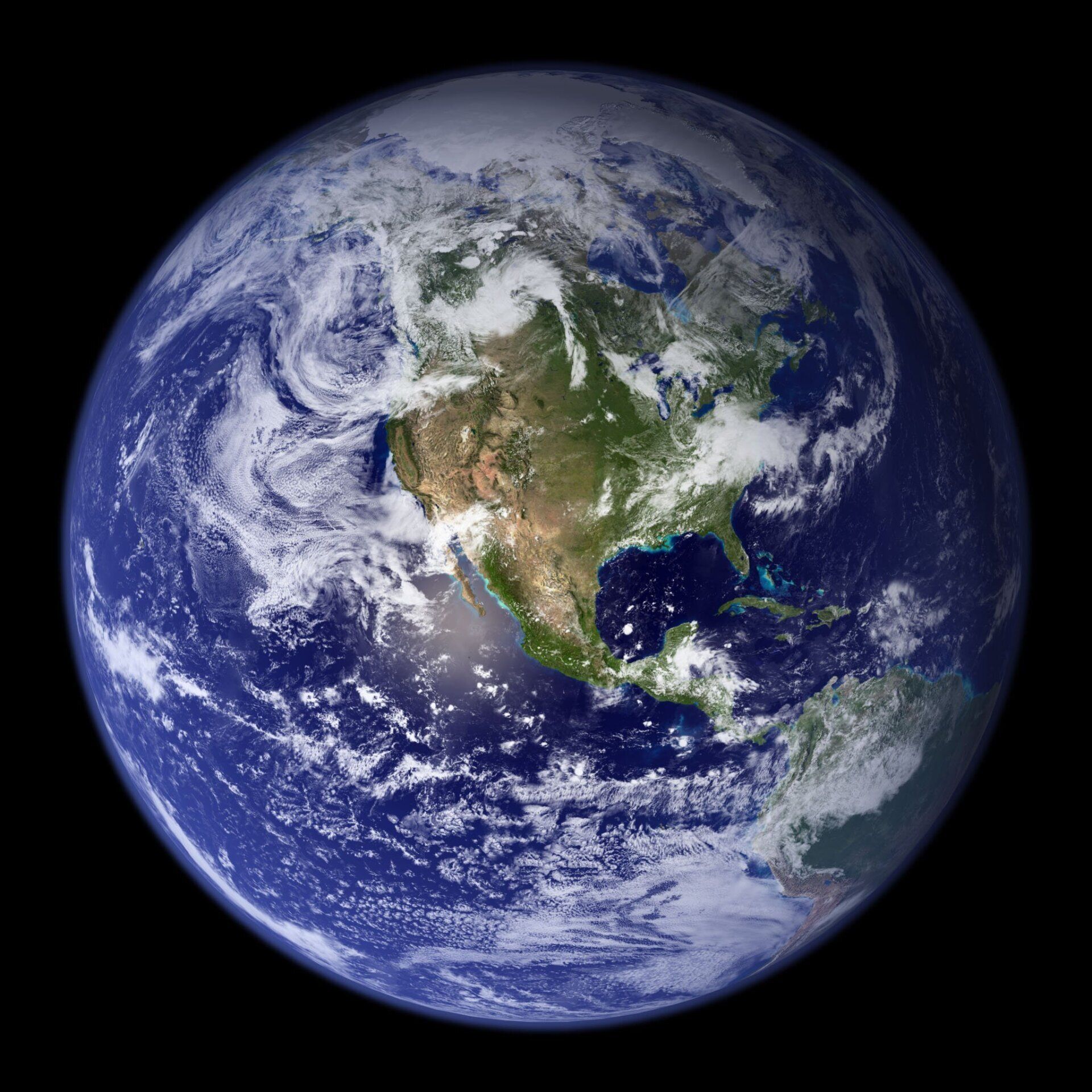environmental
The New Era of Responsible Resource Recovery
Environmental Threats in
Our World’s Oceans
There have been many recent academic studies and real time experiments carried out addressing the threat posed to marine environments by sunken heavy fuel powered vessels and how this threat increases as time passes and they continue to degrade. These ships, sunk during both World Wars, are at risk of leaking harmful compounds, including oil cargo, fuels, lubricants and other hazardous noxious substances into our world’s oceans. Saltwater corrosion, in combination with destructive storms and currents, lead to these vessels degrading or rupturing, resulting in potentially catastrophic long-term effects on the marine and coastal environments.
Past, current, and ongoing surveys are being carried out on shipwrecks within the UK and Irish controlled regions by various government funded departments. However, these surveys are limited in their data production and restricted by the depth of many of the wrecks. Consequently, the states of a great number of World War wrecks remain unknown and their potential threat to the environment unmeasured.
Research & Evaluation
How BGL Can Help
BGL has been carrying out research on merchant shipwrecks in the UK, Republic of Ireland and further afield for many years, building a database of known sinking positions, accounts of the losses and the cargoes they were transporting at the time.
Whilst shallow water shipwrecks are accessible to current departments carrying out wreck surveys, resources are limited, which results in only a small percentage being addressed.
For example, only
38% of 500
wrecks previously mapped within the Irish EEZ are identified, therefore leaving the great majority as unknown wrecks with unknown cargoes, and therefore an unknown threat to the environment.
BGL is well positioned to carry out detailed surveys of both shallow and deep-water wrecks to depths of 3000 meters of seawater which covers some 95% of UK and Irish economic zones. Furthermore, our understanding of sinking positions of wrecks within our database facilitates positive identification of wrecks previously described as ‘unknown’.
Preliminary knowledge of a wreck, its era and its cargoes provide for an early understanding of its threat to the environment before needing to mount a survey campaign.
BGL has the unique opportunity to document the conditions of degradation at each wreck site and, from that survey, generate a detailed environmental report. By studying the construction, length of immersion, degree of burial, as well as relevant chemical, physical and biological factors, in conjunction with a comprehensive knowledge of the cargoes onboard, BGL can determine the best course of necessary action for each site. The resulting reports are then used to further evaluate and assess the wreck sites prior to any future cargo recovery operations.
BGL BELIEVES:
- The environmental impact data gathered during these surveys should be openly shared with authorities with jurisdiction over the areas in which the wrecks reside.
- A proactive approach to the risks posed by any shipwreck is a far more ecological and financially viable method than having to deal with the probable detrimental consequences of a reactive approach.
BGL’s Approach to
Environmental Salvage
To date, BGL has conducted surveys on some 15 sites, creating in-depth surveys of wrecked cargo vessels, passenger liners and German U-boats. These surveys use industry-leading equipment deployed from dynamically positioned ships in order to provide the most detailed of inspection results, including HD video and acoustic multibeam.
Using original builder’s specifications and Cathodic Protection (CP) meters, BGL can calculate both the wall thickness of hull plate and the degree of degradation since sinking. Further, neutron backscatter technology aids the measurement of the level of heavy fuel oils still present in these shipwrecks. BGL also utilises modern day technologies such as Real Time Imagine Sonars (RTIS) that allow for the identification of hydrocarbons and other hazardous substances emitting from a wreck. These can identify the latter in the water column above a wreck site which enable determination of the source of the discharge from the wreck.
Using high resolution Multibeam Echosounding (MBES), BGL is able to produce detailed 3D representations of a shipwreck which provides an understanding of its level of decay.
Return visits to wreck sites to carry out further MBES enables comparisons to earlier results and a better understanding of the level of breakdown of the wreck.
BGL condemns the illegal plundering of any shipwreck, and while modern day satellite tracking technology allows for real-time identification of such activities, BGL can also provide data regarding any identified interference of a wrecksite and correlate detailed information within the environmental reports generated during surveys. BGL believes this additional information will assist controlling authorities.
BGL utilises a robust safety management system and follows a strict risk assessment procedure across all operations. The chartered survey and salvage vessels meet all regulations and requirements as implemented by MARPOL and SOLAS and adhere to the specific compliance requirements found within each area of operations. BGL also maintains its own oil spill response contract in place with a highly reputable contractor, as well as having the required contingency plans in place to deal with any such occurrence. Lastly, BGL is a member of the National Oil Pollution Control Club.

Our Environmental Commitment
The greater protection of the world’s marine environments is a cause BGL is firmly committed to. The threat posed by these wrecks is very real as deterioration accelerates and the risk of significant oil release equally becomes more likely. As there is currently no regular monitoring of these potentially hazardous wrecks, BGL believe this service will be of great benefit to all government and controlling authorities with jurisdiction over the maritime regions where it operates.
